When planning outdoor adventures with your children, selecting the right gear is essential, and Kids’ Hiking Backpacks play a pivotal role in ensuring a comfortable and enjoyable experience. These specialized backpacks are designed to meet the unique needs of young explorers, providing the perfect balance of functionality, safety, and style. Whether you’re embarking on a short nature walk or a more extensive hiking expedition, understanding how to choose the best kids’ hiking backpacks can make all the difference. In this comprehensive guide, we’ll explore everything you need to know about kids’ hiking backpacks, from selecting the perfect fit to making the experience fun and safe for your growing adventurers.
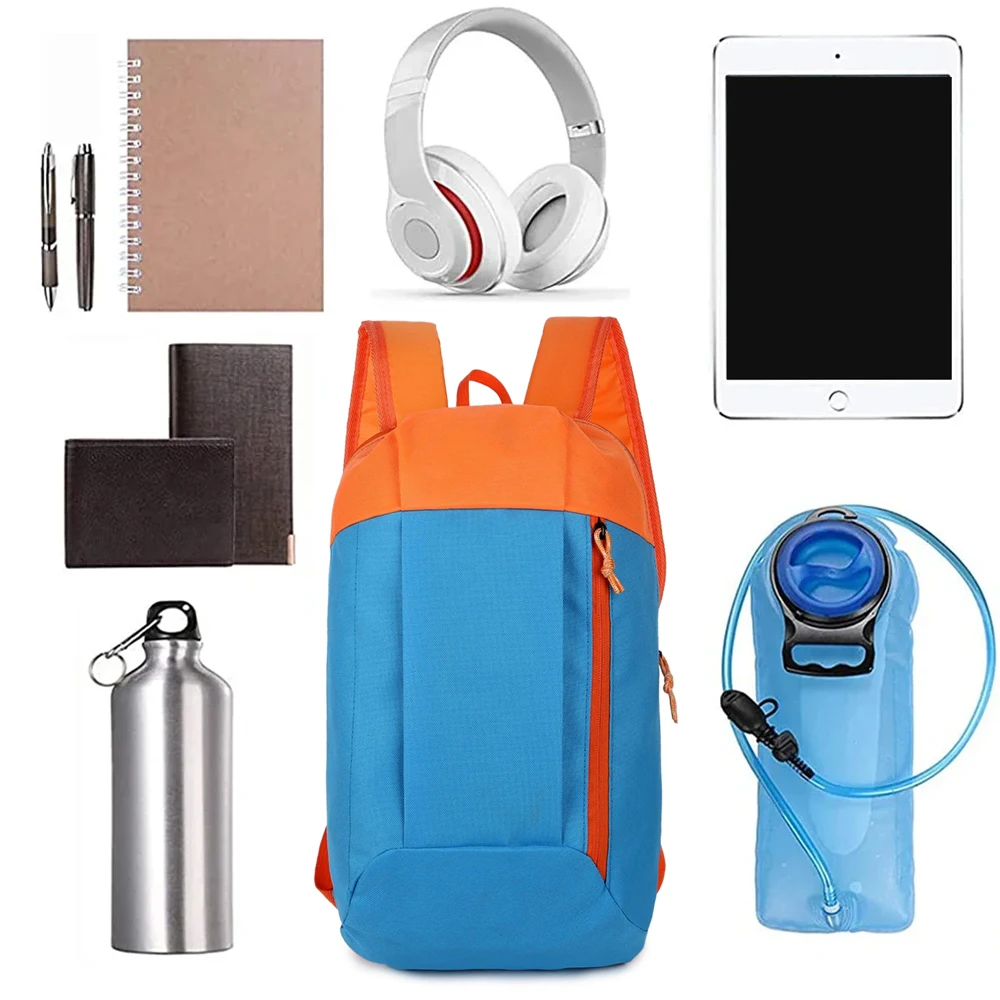 Kids’ Hiking Backpacks: How to Choose the Perfect Fit for Growing Explorers
Kids’ Hiking Backpacks: How to Choose the Perfect Fit for Growing Explorers
Choosing the right kids’ hiking backpack is crucial for ensuring that your child stays comfortable and energized throughout their hiking adventures. A perfect fit not only enhances the hiking experience but also prevents discomfort and potential injuries. Here’s how to select the ideal backpack for your young explorer.
Understanding Proper Fit
A well-fitted backpack should distribute weight evenly across your child’s shoulders, back, and hips. Start by measuring your child’s torso length and ensuring the backpack’s size matches their frame.
- Torso Length: Measure from the base of the neck to the top of the hipbone. Match this measurement with the backpack’s sizing chart to find the appropriate size.
- Adjustable Straps: Look for backpacks with adjustable shoulder straps, sternum straps, and hip belts. These features allow you to customize the fit as your child grows.
- Weight Distribution: Ensure the backpack has padded shoulder straps and a padded back panel to provide comfort and support.
Weight Considerations
A backpack should never exceed 10-15% of your child’s body weight. For example, if your child weighs 50 pounds, their backpack should carry no more than 7.5 pounds. Choosing a lightweight backpack can help keep the overall weight within a safe range.
- Lightweight Materials: Opt for backpacks made from lightweight yet durable materials to minimize the overall load.
- Efficiency in Packing: Pack only essential items to keep the backpack’s weight manageable. Encourage your child to carry their own water bottle, snacks, and a small first-aid kit.
Ergonomic Features
Ergonomic design features contribute significantly to the comfort and usability of a hiking backpack.
- Padded Straps and Back Panel: These provide cushioning and reduce strain during long hikes.
- Hip Belt: A padded hip belt helps in transferring the backpack’s weight from the shoulders to the hips, enhancing stability and reducing fatigue.
- Ventilation: Look for backpacks with a ventilated back panel to promote airflow and prevent excessive sweating.
Aesthetics and Personalization
While functionality is paramount, the appearance of the backpack also matters, especially for kids who want to express their personality.
- Colors and Patterns: Choose vibrant colors or fun patterns that your child loves. This makes them more enthusiastic about wearing their backpack.
- Customizable Features: Some backpacks offer patches, stickers, or interchangeable straps, allowing kids to personalize their gear.
The Ultimate Kids’ Hiking Backpack Buying Guide: Features, Materials & Safety
Selecting the best kids’ hiking backpacks involves evaluating various features, materials, and safety aspects. Here’s an in-depth buying guide to help you make an informed decision.
Key Features to Look For
To ensure your child’s backpack meets all their hiking needs, consider the following features:
- Multiple Compartments: These help organize gear and keep items easily accessible. Look for front compartments, side pockets, and hidden zippered sections for small essentials.
- Hydration Compatibility: Backpacks with built-in hydration reservoirs or sleeve pockets for water bottles make it easy to stay hydrated on the trail.
- Load Lifters: These straps connect the shoulder straps to the top of the backpack, helping to position the load closer to the body and improving balance.
- Rain Covers: A built-in rain cover or a separate waterproof cover protects the backpack and its contents from unexpected weather changes.
- Reflective Strips: These enhance visibility during low-light conditions, ensuring your child stays safe in the dark.
Durable and Safe Materials
The materials used in kids’ hiking backpacks should be both durable and safe for active use.
- Ripstop Fabrics: These materials resist tearing and are perfect for rugged outdoor environments.
- Water-Resistant Coatings: A water-resistant outer layer protects the contents from rain and moisture.
- Non-Toxic Dyes: Ensure the backpack is made with non-toxic dyes, especially if your child has sensitive skin or allergies.
- Reinforced Stitching: Double or triple stitching at stress points increases durability and prevents the backpack from ripping under heavy load.
Safety Features
Safety should always be a priority when choosing a backpack for kids. Here are essential safety features to consider:
- ID Pockets: Include a dedicated pocket for identification tags, emergency contact information, and other important details.
- Emergency Whistle: Some backpacks come with a whistle attached to the strap, providing a quick way to signal for help if needed.
- First-Aid Compartment: A small compartment for first-aid supplies ensures that basic medical needs are always within reach.
- Secure Closures: Zippers with sturdy pulls and easy-to-open clasps ensure that the backpack stays securely closed during the hike.
Comfort and Support
Comfort is critical for a positive hiking experience. Ensure that the backpack provides adequate support to prevent discomfort and strain.
- Padded Back Panel: A cushioned back panel helps distribute weight evenly and reduces pressure points.
- Adjustable Straps: Shoulder straps, sternum straps, and hip belts should be adjustable to achieve a snug and comfortable fit.
- Breathable Materials: Fabrics with airflow properties keep your child cool and comfortable, even during strenuous hikes.
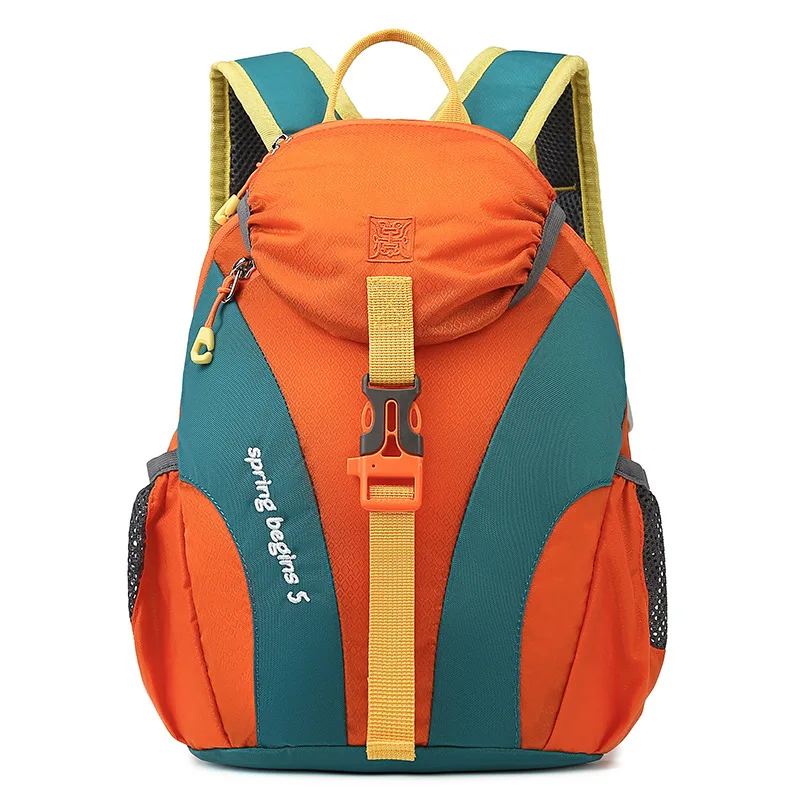 FAQ: Can My 5-Year-Old Use a Kids’ Hiking Backpack on a 5-Mile Trail? (Safety Tips!)
FAQ: Can My 5-Year-Old Use a Kids’ Hiking Backpack on a 5-Mile Trail? (Safety Tips!)
One common question parents ask is whether a young child, such as a 5-year-old, can handle a kids’ hiking backpack on a 5-mile trail. The answer depends on several factors, including the child’s physical fitness, the backpack’s design, and the trail’s difficulty. Here are some safety tips and considerations to ensure a safe and enjoyable hike.
Assessing Physical Readiness
Before embarking on a long hike, evaluate your child’s physical readiness.
- Stamina: Ensure your child has the stamina to walk 5 miles without excessive fatigue.
- Strength: A 5-year-old should have the strength to carry a lightweight backpack without strain. Monitor their ability to walk with the backpack during shorter hikes first.
- Interest: Make sure your child is interested in hiking and understands the importance of staying together and following instructions.
Selecting the Right Backpack
Choosing the appropriate kids’ hiking backpack is essential for a successful hike.
- Lightweight Design: Opt for a backpack that is specifically designed for young children, with a lightweight frame and minimal bulk.
- Proper Fit: Ensure the backpack fits snugly with all straps properly adjusted to avoid slipping or shifting during the hike.
- Essential Items Only: Pack only necessary items such as water, snacks, a small first-aid kit, and a light jacket to keep the load manageable.
Trail Selection and Preparation
Select a trail that matches your child’s abilities and keep them prepared for the journey ahead.
- Trail Difficulty: Choose a trail that is not too steep or rugged. Opt for well-marked paths with gentle inclines.
- Duration: Ensure the hike duration is suitable for a 5-year-old. A 5-mile trail may take longer than anticipated, so plan accordingly.
- Frequent Breaks: Schedule regular breaks to allow your child to rest, hydrate, and enjoy the surroundings.
Safety Precautions
Taking the necessary safety precautions can prevent accidents and ensure a safe hike.
- Headlamps or Flashlights: Equip your child with a headlamp or flashlight if there’s a possibility of hiking during low-light conditions.
- Visibility: Choose a backpack with reflective elements to increase visibility in case you lose sight of each other.
- Communication: Discuss basic safety rules, such as staying on the trail, keeping a close distance, and what to do if separated.
- Emergency Plan: Have a clear plan in place in case of emergencies, including knowing the nearest help center or how to contact emergency services.
Hydration and Nutrition
Proper hydration and nutrition are crucial for maintaining energy levels during the hike.
- Water Supply: Carry enough water for both you and your child. A hydration bladder or bottle is a practical option for easy access.
- Healthy Snacks: Pack nutritious snacks like fruits, nuts, and granola bars to keep your child’s energy up.
- Scheduled Intake: Encourage regular water and snack breaks to prevent dehydration and fatigue.
How to Make Kids’ Hiking Backpacks Fun: DIY Customization & Game Ideas
Making a kids’ hiking backpack enjoyable can enhance your child’s enthusiasm for outdoor adventures. By incorporating DIY customization and creative games, you can turn a simple hike into a fun and engaging experience. Here are some ideas to make hiking more exciting for your little ones.
DIY Customization
Personalizing your child’s hiking backpack can make it feel special and unique.
- Decorative Patches: Add fun patches or badges representing their favorite animals, hobbies, or achievements. These can be sewn or ironed on for a secure attachment.
- Paint and Markers: Let your child decorate their backpack with fabric-safe paint or markers. They can draw their name, designs, or inspirational quotes that motivate them during the hike.
- Name Tags: Attach customized name tags to the front or side of the backpack. These can include colorful designs or their favorite colors to make the name easily recognizable.
- Glow-in-the-Dark Elements: Incorporate glow-in-the-dark stickers or paint to make the backpack stand out during evening hikes and add an element of fun.
Game Ideas
Turning the hike into a game can keep your child engaged and excited about the journey.
- Scavenger Hunts: Create a list of items for your child to find along the trail, such as specific leaves, rocks, or wildlife. This game encourages observation and makes the hike more interactive.
- Trail Bingo: Design a bingo card with various natural elements like certain trees, insects, or landmarks. Your child can mark off each item as they spot them, adding a fun challenge to the hike.
- Storytelling: Encourage your child to create stories based on the scenery around them. This fosters creativity and keeps their mind active during the hike.
- Photo Challenges: Give your child a small camera or let them use a smartphone to take pictures of interesting sights. This activity makes the hike more memorable and develops their photography skills.
Encouraging Responsibility
Making the backpack part of the fun can also teach your child responsibility.
- Packing Together: Involve your child in packing their backpack. Let them choose a small item to carry, fostering a sense of ownership and responsibility.
- Weight Management: Teach your child about the importance of packing light by allowing them to decide which items are essential and which can be left behind.
- Maintenance Tasks: Assign simple maintenance tasks, such as checking their backpack’s straps or ensuring all pockets are securely zipped. This promotes self-sufficiency and organization.
Reward Systems
Implementing a reward system can motivate your child to enjoy their hiking backpack and embrace outdoor activities.
- Sticker Charts: Create a chart where your child earns stickers for each hike completed with their backpack. After accumulating a certain number of stickers, reward them with a small prize.
- Achievement Badges: Award badges for milestones such as the first hike, longest distance walked, or most items collected during a scavenger hunt.
- Celebration Meals: Celebrate after a successful hike with their favorite meal or a special treat, reinforcing positive experiences associated with hiking.
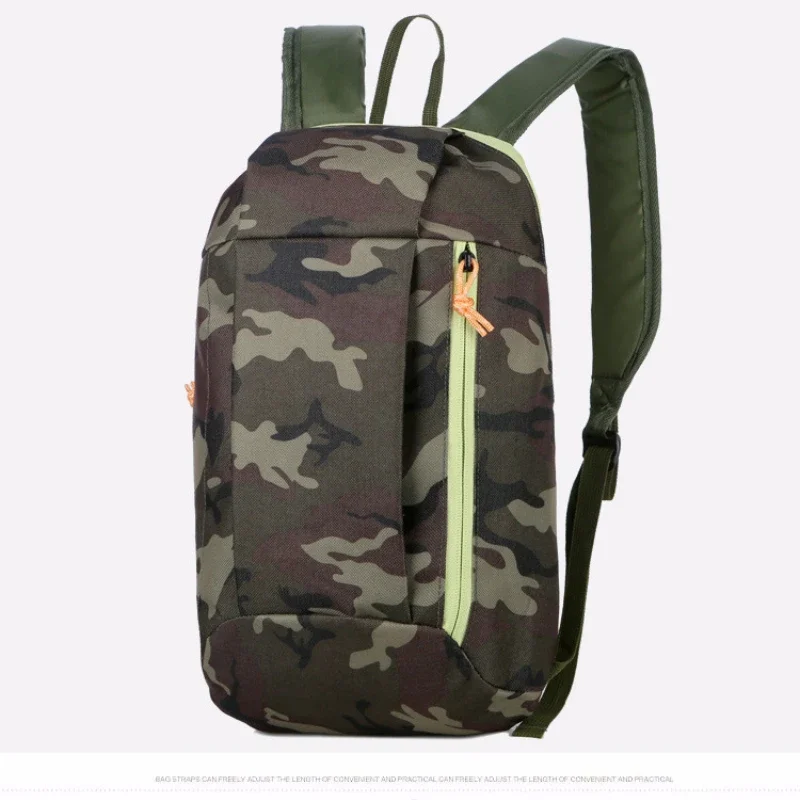 The Best Kids’ Hiking Backpacks for 2025: Hydration Systems, Pockets & More
The Best Kids’ Hiking Backpacks for 2025: Hydration Systems, Pockets & More
As we approach 2025, the market for kids’ hiking backpacks continues to evolve, offering enhanced features that cater to the growing needs of young adventurers. From integrated hydration systems to multiple pockets for organization, the latest backpacks combine functionality, safety, and style. Here’s a roundup of the best kids’ hiking backpacks for 2025, highlighting their standout features.
Hydration Systems
Hydration is crucial during hikes, and the best kids’ hiking backpacks come equipped with hydration systems to ensure your child stays well-hydrated.
- Built-in Hydration Bladders: Many top-rated backpacks now include integrated hydration bladders, allowing easy access to water without stopping. These systems often feature bite valves that are easy for kids to use independently.
- External Water Bottle Holders: For backpacks without built-in hydration bladders, external water bottle pockets are a practical alternative. These pockets keep water bottles secure and easily accessible.
- Insulated Compartments: Some hydration systems feature insulated compartments that keep water cool, encouraging children to drink more water during long hikes.
Multiple Pockets and Compartments
Organization is key for a successful hiking trip, and the best kids’ hiking backpacks offer multiple pockets and compartments to keep gear organized and easily accessible.
- Front Zippered Pockets: These provide quick access to essential items like snacks, maps, or a small first-aid kit.
- Side Mesh Pockets: Perfect for carrying water bottles, small gear, or miscellaneous items, side mesh pockets enhance accessibility and organization.
- Hidden Compartments: Secure hidden pockets are ideal for storing valuables or important items, ensuring they remain safe and out of sight.
- Laptop or Tablet Sleeves: For older kids who might need to carry electronic devices, some backpacks include padded sleeves to protect laptops or tablets during the hike.
Durability and Weather Resistance
Outdoor adventures demand robust and weather-resistant gear. The best backpacks for 2025 are designed to withstand the elements and the rigors of hiking.
- Water-Resistant Fabrics: High-quality, water-resistant materials protect against rain and moisture, keeping belongings dry.
- Reinforced Bottoms: Reinforced bottoms add extra durability to prevent wear and tear from frequent use on rugged trails.
- Tear-Resistant Zippers: Sturdy, tear-resistant zippers ensure longevity and reliability, even under tough conditions.
- Removable Rain Covers: Some backpacks come with removable rain covers that provide additional protection during unexpected weather changes.
Ergonomic Design and Comfort
Comfort is paramount for a positive hiking experience, especially for young children. The best kids’ hiking backpacks feature ergonomic designs that prioritize comfort and support.
- Padded Shoulder Straps: Thick, padded straps distribute weight evenly and reduce pressure on the shoulders, preventing discomfort during long hikes.
- Ventilated Back Panels: Ventilated or mesh back panels promote airflow, keeping your child cool and preventing excessive sweating.
- Adjustable Fit: Adjustable straps, sternum straps, and hip belts ensure a snug and customized fit, accommodating your child’s growth and movement.
- Lightweight Construction: A lightweight design minimizes fatigue, making longer hikes more comfortable for your child.
Stylish Designs and Customization
While functionality is essential, the aesthetic appeal of a backpack can also play a significant role in your child’s enthusiasm for hiking.
- Vibrant Colors and Patterns: Bright colors and fun patterns make the backpack visually appealing, encouraging kids to take pride in their gear.
- Customizable Elements: Some backpacks offer customizable patches, badges, or interchangeable straps, allowing kids to personalize their backpacks to match their unique style.
- Character Themes: Backpacks featuring popular characters or nature-inspired themes add an element of fun and personal connection to the gear.
Top Recommendations for 2025
Based on the latest trends and essential features, here are some of the best kids’ hiking backpacks for 2025:
- Osprey Kids’ Talon 10
- Features a built-in hydration reservoir and multiple pockets for organized storage.
- Durable, water-resistant fabric with reinforced bottoms.
- Ergonomic design with adjustable straps and ventilated back panel.
- Deuter Kid Comfort Pro
- Ideal for younger children, offering excellent support and comfort.
- Spacious main compartment with additional side pockets.
- Top-quality materials designed for durability and weather resistance.
- Kelty Kinderfun 40
- Stylish design with vibrant colors and fun patterns.
- Integrated hydration bladder and easy-access pockets.
- Lightweight construction with ergonomic straps for maximum comfort.
- The North Face Kids’ Hike System
- Versatile packing system with configurable compartments.
- Built-in hydration system and multiple attachment points for gear.
- Durable, water-resistant materials with padded shoulder straps and hip belt.
- Patagonia Pika Pack 12L
- Eco-friendly materials with a focus on sustainability.
- Compact size with efficient organization through multiple pockets.
- Comfortable, adjustable straps and ventilated back panel.
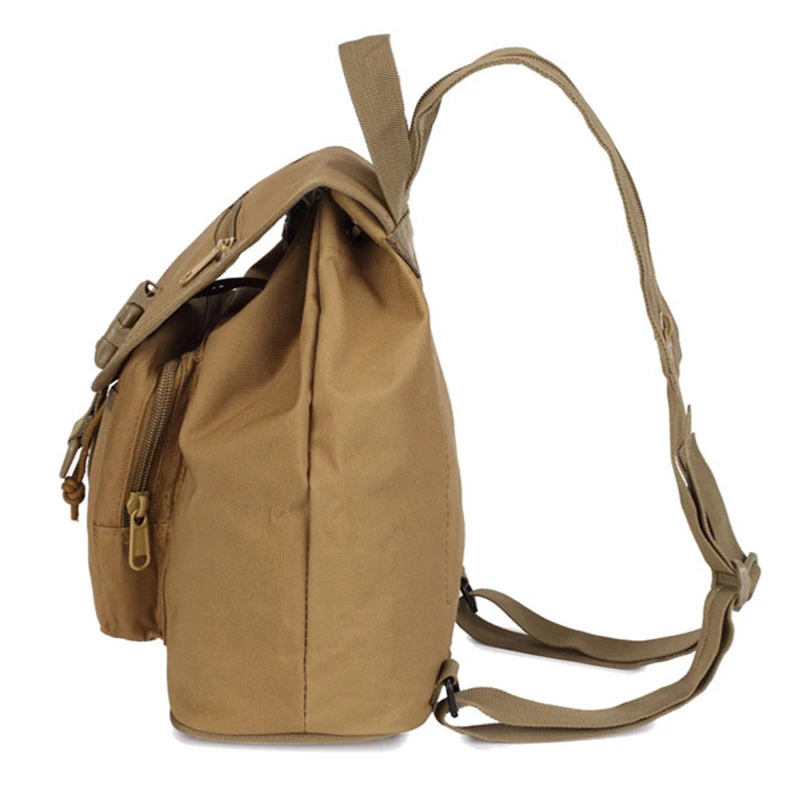 Common Mistakes in Kids’ Hiking Backpacks: Overpacking & Straps That Slip
Common Mistakes in Kids’ Hiking Backpacks: Overpacking & Straps That Slip
Choosing the perfect kids’ hiking backpack is just the beginning. Ensuring its proper use involves avoiding common pitfalls that can compromise comfort and safety. Two prevalent mistakes parents often make are overpacking and dealing with straps that slip. Let’s explore these issues and how to address them effectively.
Overpacking: The Hidden Risk
Overpacking a hiking backpack can lead to discomfort, hindered movement, and even potential injuries. Here’s how to prevent overpacking and maintain an optimal load.
Understanding Weight Limits
Every hiking backpack comes with a recommended weight limit. Exceeding this limit can cause strain on your child’s shoulders, back, and hips.
- Check Weight Limits: Always adhere to the manufacturer’s guidelines regarding maximum weight capacity.
- Distribute Weight Evenly: Ensure that the load is balanced and not concentrated on one side to prevent uneven strain.
Packing Essentials Only
Focus on packing only the necessary items to keep the backpack lightweight and manageable.
- Prioritize Items: Make a list of essential items such as water, snacks, a small first-aid kit, and a light jacket.
- Minimize Extras: Avoid packing unnecessary items that add weight without contributing to the hike’s success.
Smart Packing Techniques
Implement smart packing techniques to maximize space and minimize weight.
- Use Compression Straps: These straps help compress the load, reducing bulk and keeping items secure.
- Utilize All Compartments: Distribute items across various pockets and compartments to maintain balance and accessibility.
- Roll Clothes: Rolling clothes instead of folding them can save space and reduce wrinkles.
Straps That Slip: Ensuring a Secure Fit
Loose or slipping straps can make the hiking experience uncomfortable and pose safety risks. Here’s how to address strap-related issues effectively.
Proper Adjustment
Properly adjusted straps are crucial for maintaining a secure fit and ensuring comfort.
- Adjust Shoulder Straps: Ensure that shoulder straps are snug but not too tight. They should distribute weight evenly across the shoulders.
- Secure Hip Belt: The hip belt should sit comfortably on the hips, taking some of the load off the shoulders. Adjust it so that the majority of the backpack’s weight rests on the hips rather than the back.
- Use Sternum Straps: Sternum straps help stabilize the backpack and prevent shoulder straps from slipping. Make sure they are adjusted correctly to keep the straps in place.
Quality Straps and Fasteners
Invest in a backpack with high-quality straps and fasteners to prevent slipping and ensure durability.
- Padded Straps: Padded straps offer more comfort and reduce the likelihood of slipping.
- Locking Buckles: Quality locking buckles ensure that straps remain securely fastened during movement.
- Non-Slip Materials: Some backpacks feature non-slip materials on the shoulder straps, providing extra grip and preventing sliding.
Regular Maintenance
Regularly inspect and maintain the straps to ensure they remain in good condition.
- Check for Wear and Tear: Look for signs of fraying or damage and replace straps if necessary to maintain safety and functionality.
- Lubricate Moving Parts: Ensure that all buckles and fasteners move smoothly to prevent sticking or unexpected releases.
- Re-adjust as Needed: Children grow quickly, so re-adjust the straps periodically to accommodate their changing size and ensure a consistent fit.
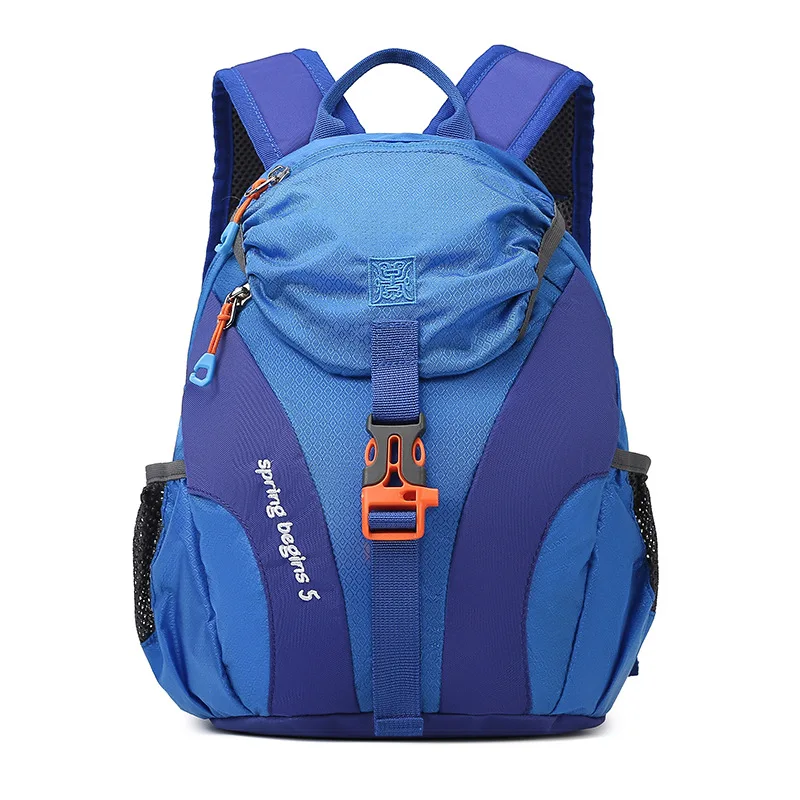 Conclusion
Conclusion
Choosing the right kids’ hiking backpacks is a fundamental aspect of planning successful and enjoyable outdoor adventures for your children. From ensuring a perfect fit and selecting the best features to avoiding common mistakes like overpacking and slipping straps, every detail matters in providing a safe and comfortable hiking experience. Additionally, making hiking fun through DIY customization and engaging games can foster a lifelong love for nature and exploration in your young ones. As we move into 2025, the latest backpack designs continue to enhance functionality, durability, and style, offering even more benefits for young hikers. By following this comprehensive guide, you can equip your child with the perfect hiking backpack, ensuring that each adventure is memorable, safe, and filled with joy. Embrace the journey with confidence, knowing that your child is prepared with the best gear to explore the wonders of the outdoors.